

“As you prepare your breakfast, think of others / (do not forget the pigeon's food).”
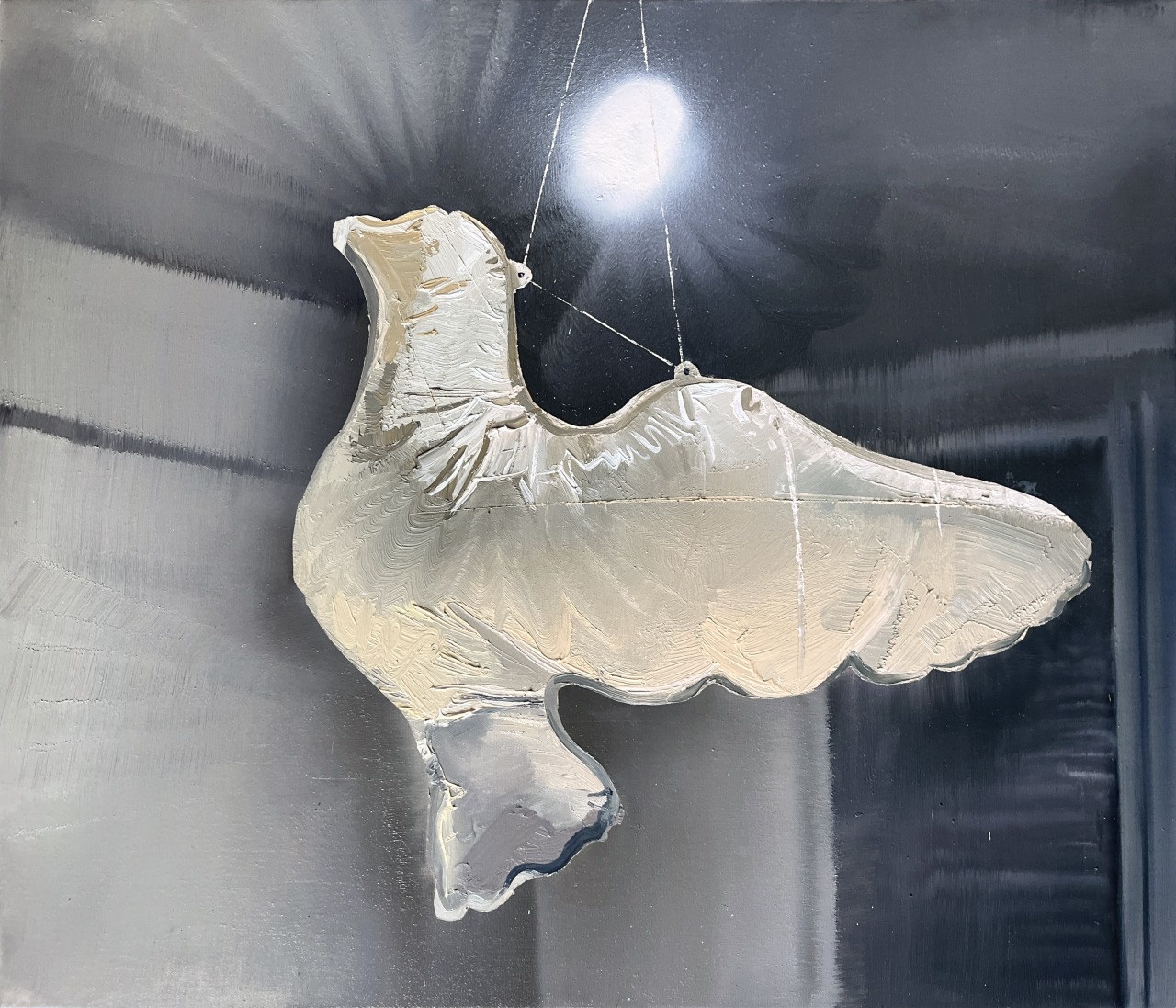
(Photo captured of the Holy Spirit!)
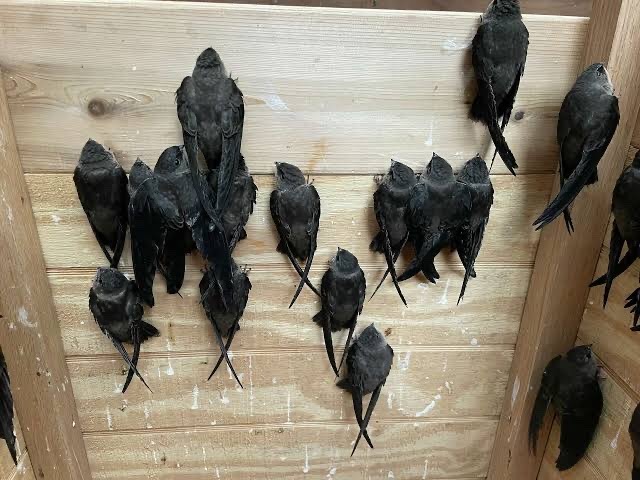
(For Ivy)
“Do you think birds like telephone wires better than trees? Wait, you're a pigeon & you like telephone wires.”
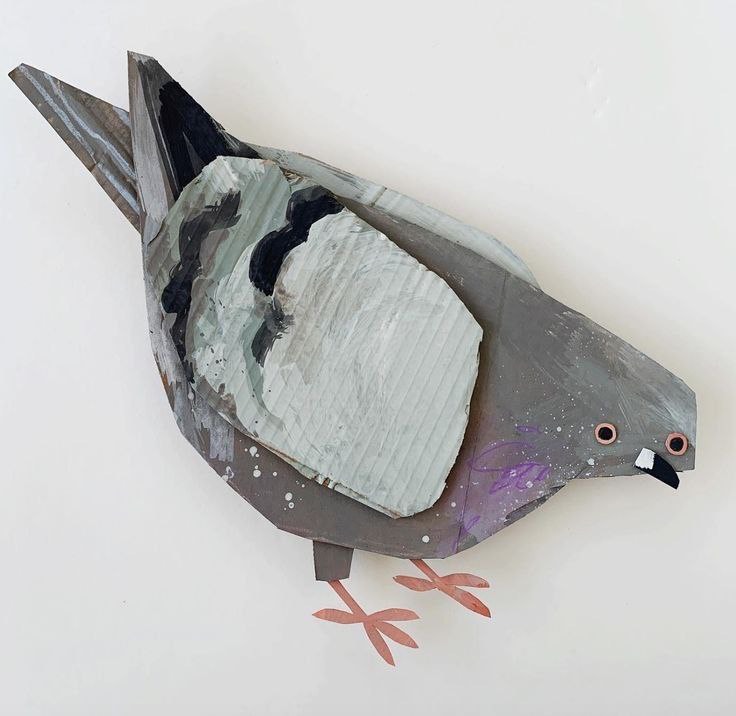
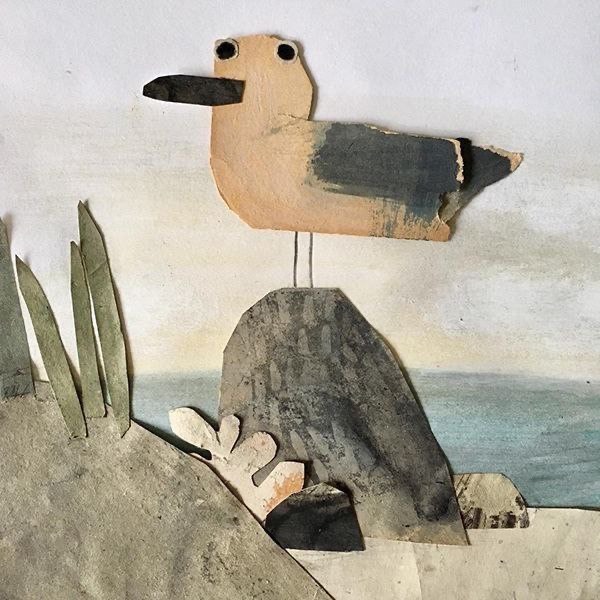

Wompoo Fruit-Dove (Megaloprepia magnifica), male, family Columbidae, Australia
Photograph by Leila Jeffreys
“If only I could so live and so serve the world that after me there should never again be birds in cages.”
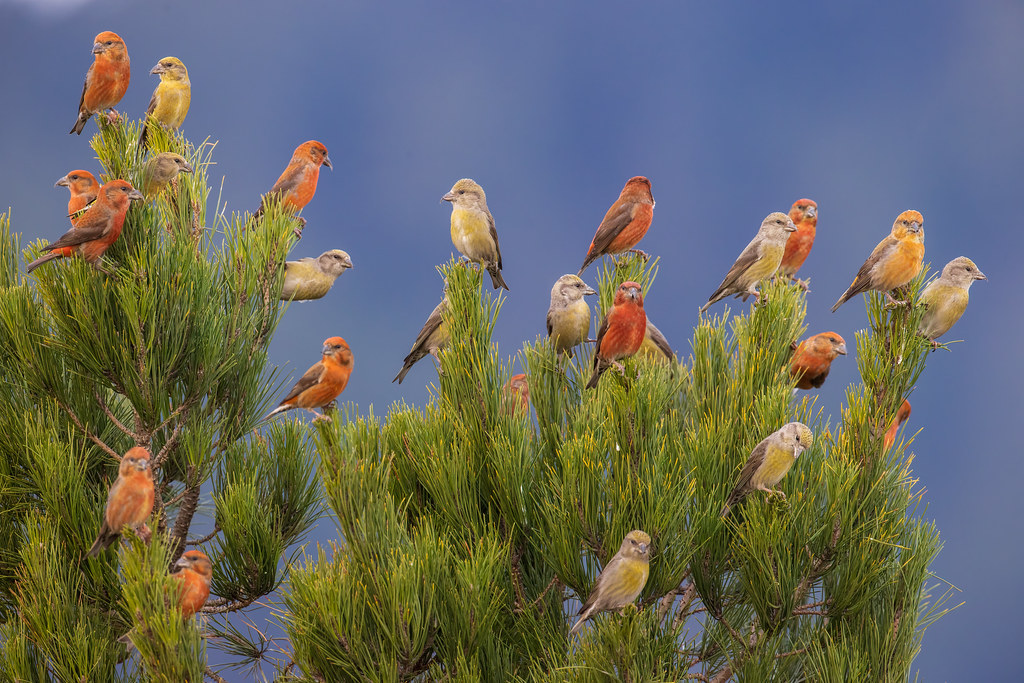
Red crossbill (Loxia curvirostra) flock in California, U.S.
Photograph by Eric Zhou
“Birds born in a cage think flying is an illness.”
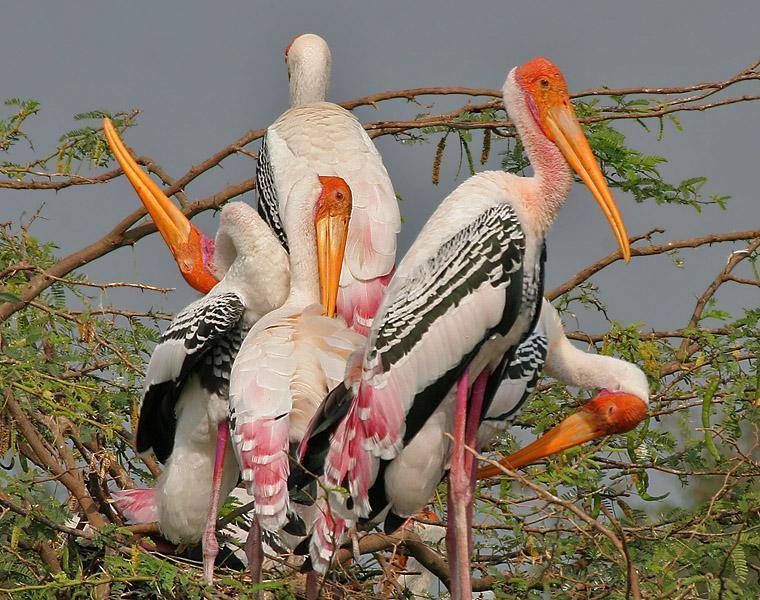
Painted Storks (Mycteria leucocephala), family on nest, family Ciconiidae, India
Photograph by J.M. Garg
“Let me tell you a story
about hope: it always starts
and ends with birds.”
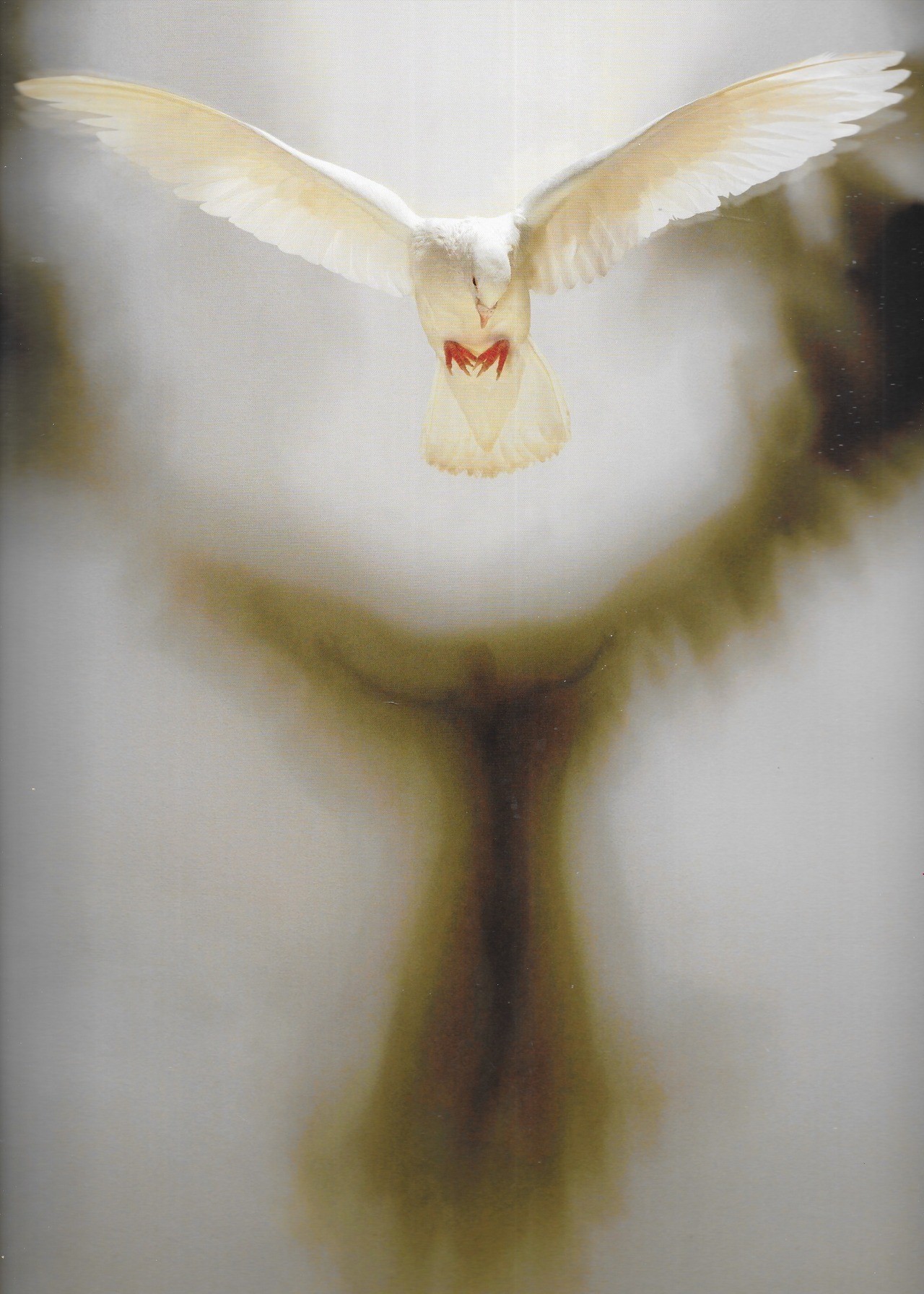
Robert Gligorov, 2008
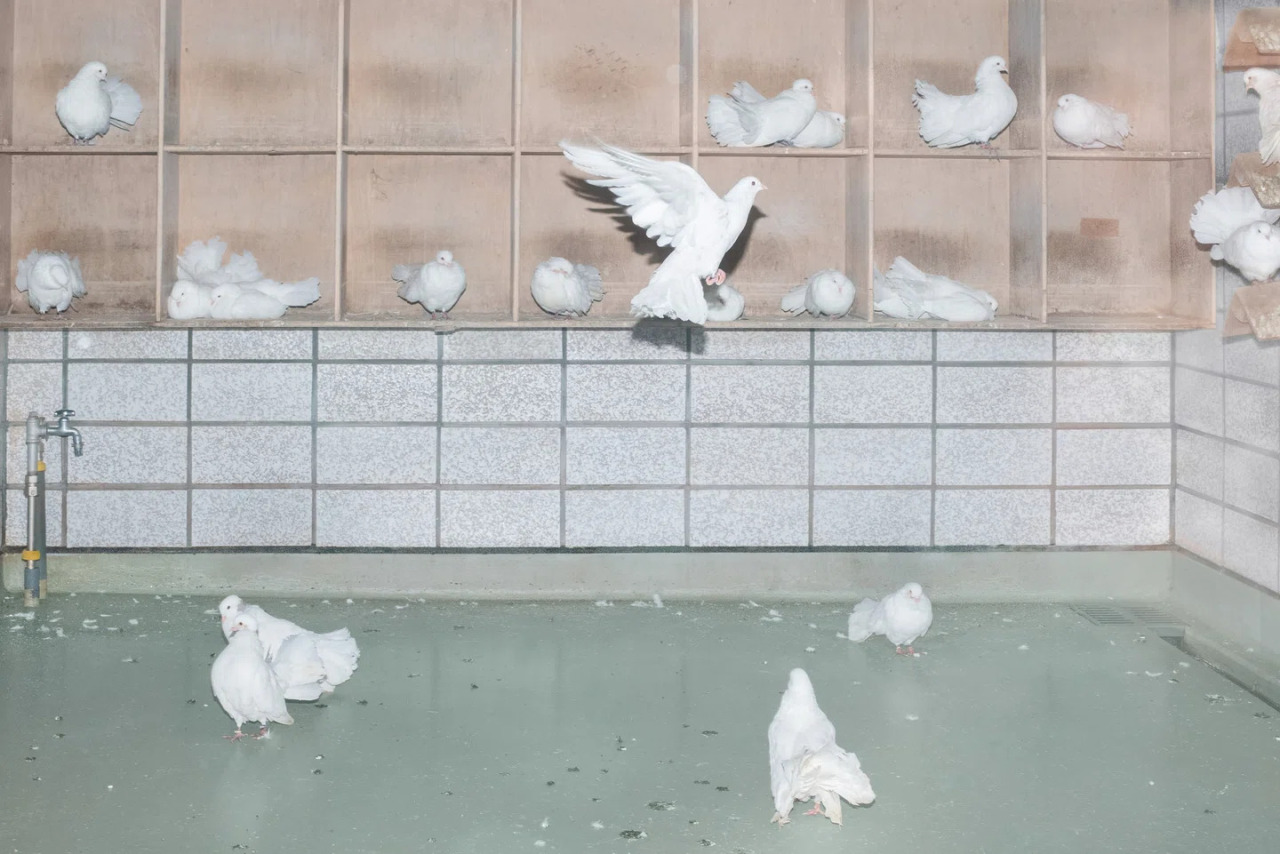
Ayaka Endo, Kamuy Mosir
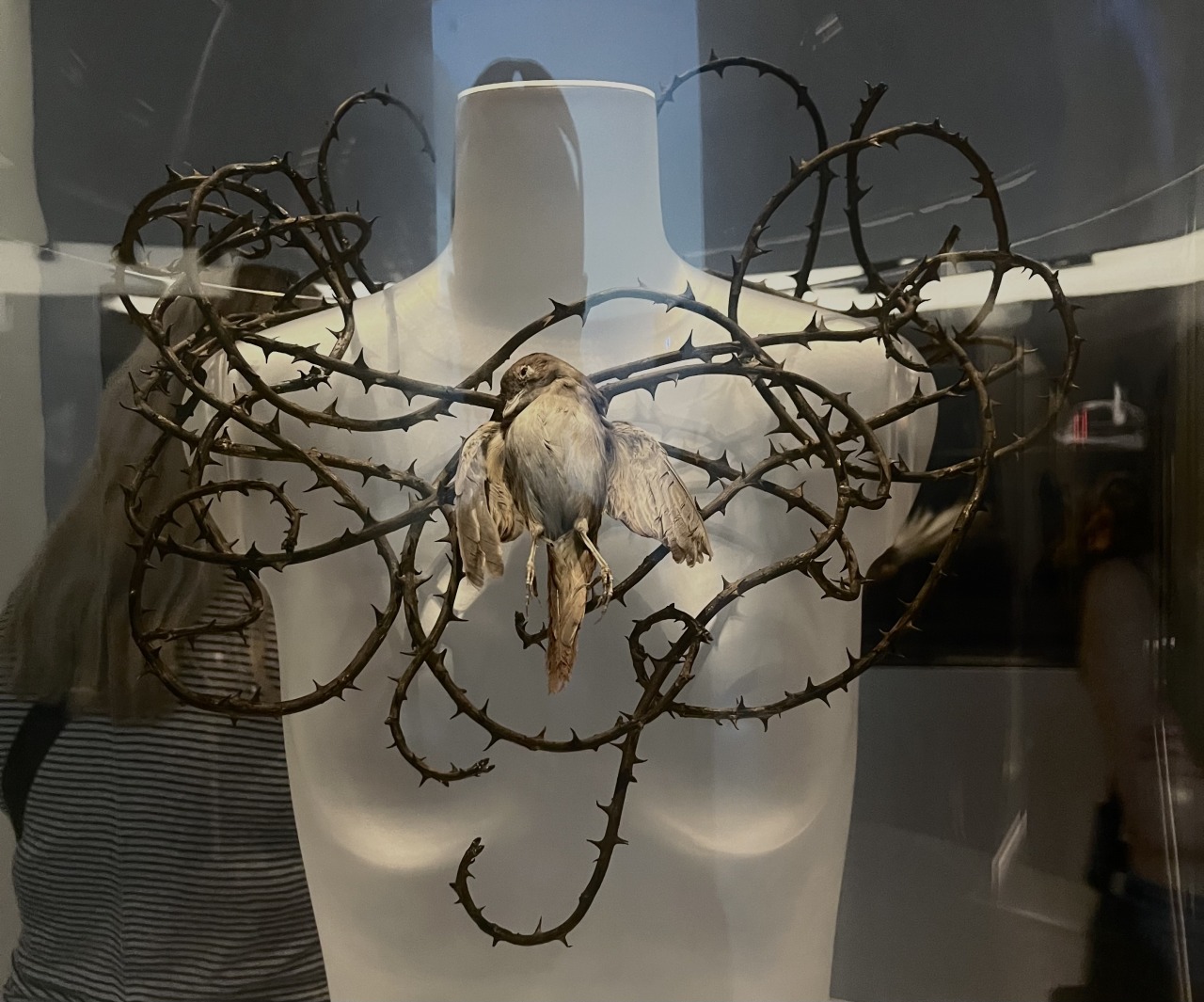

A.F. Vandevorst / Spring 2018
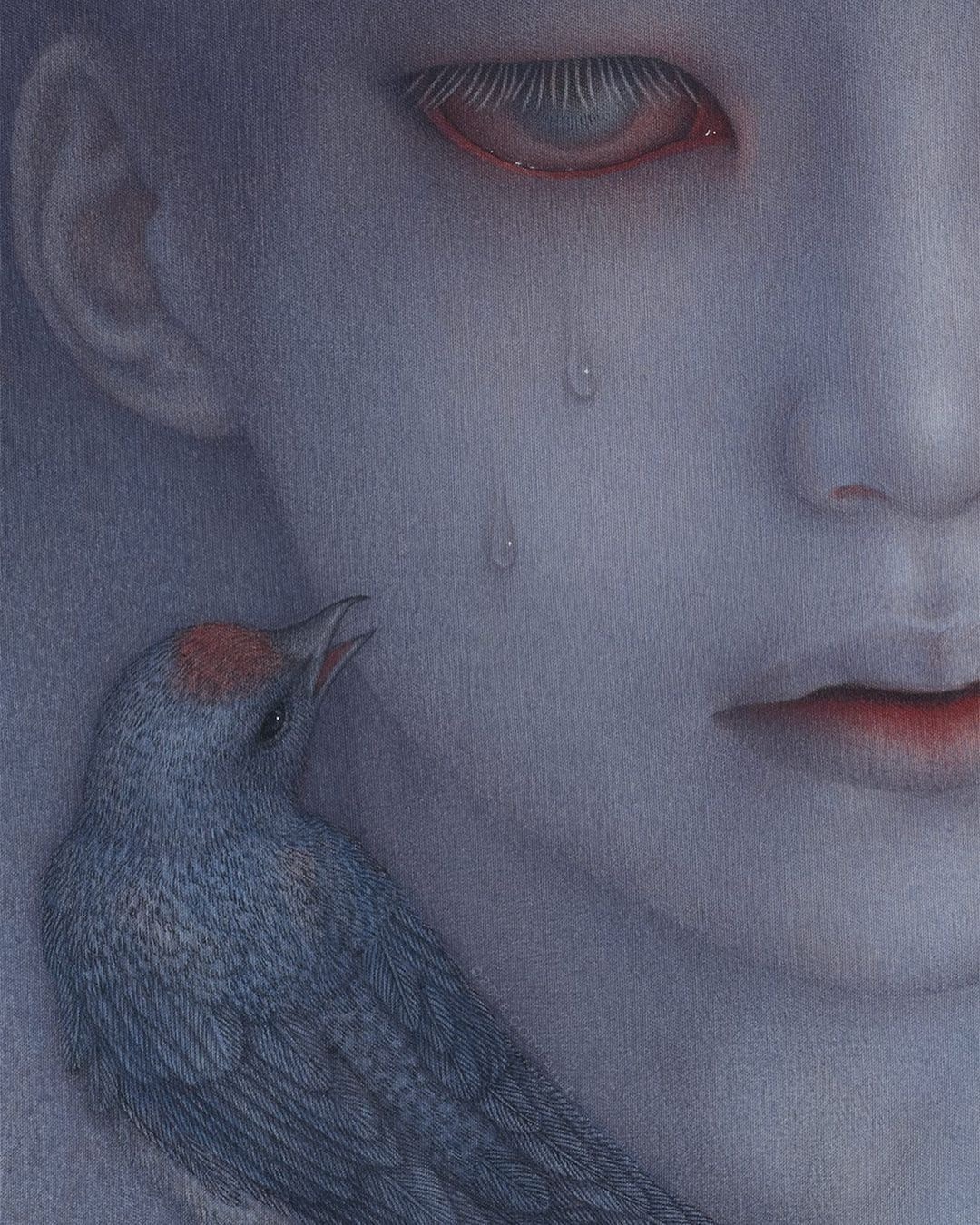
Atsuko Goto: 愛 Love (2016)
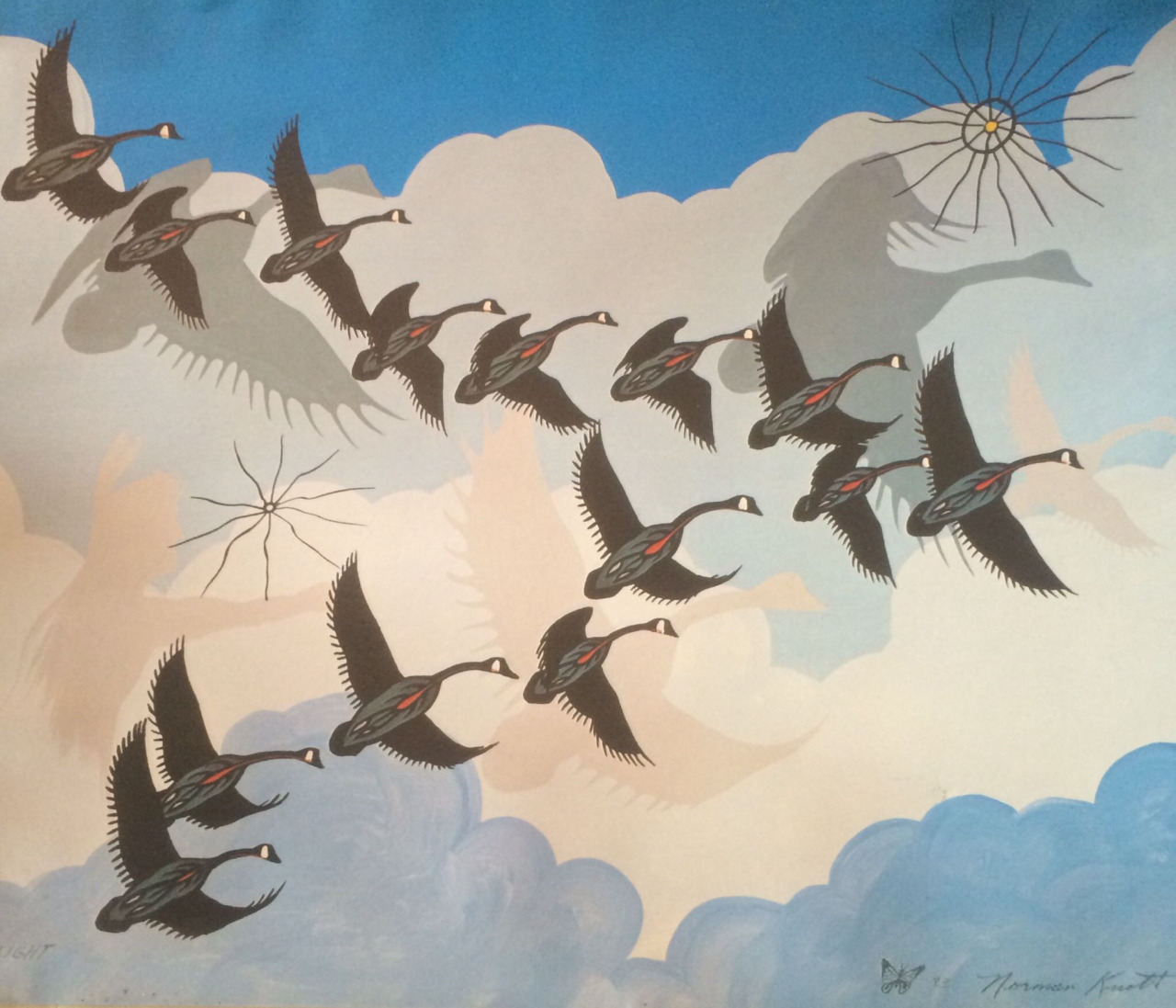
Norman Knott (1945 - 2003)
I have a print of this hanging on the wall above my bed.
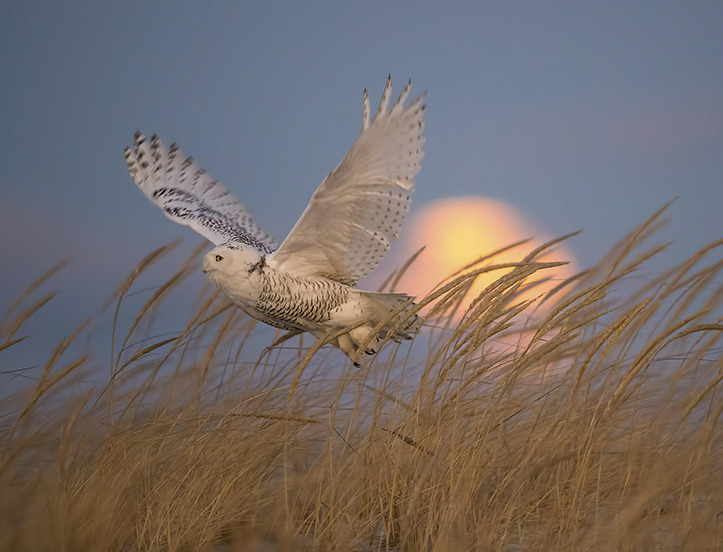
“From the photography contest of The Nature Conservancy”
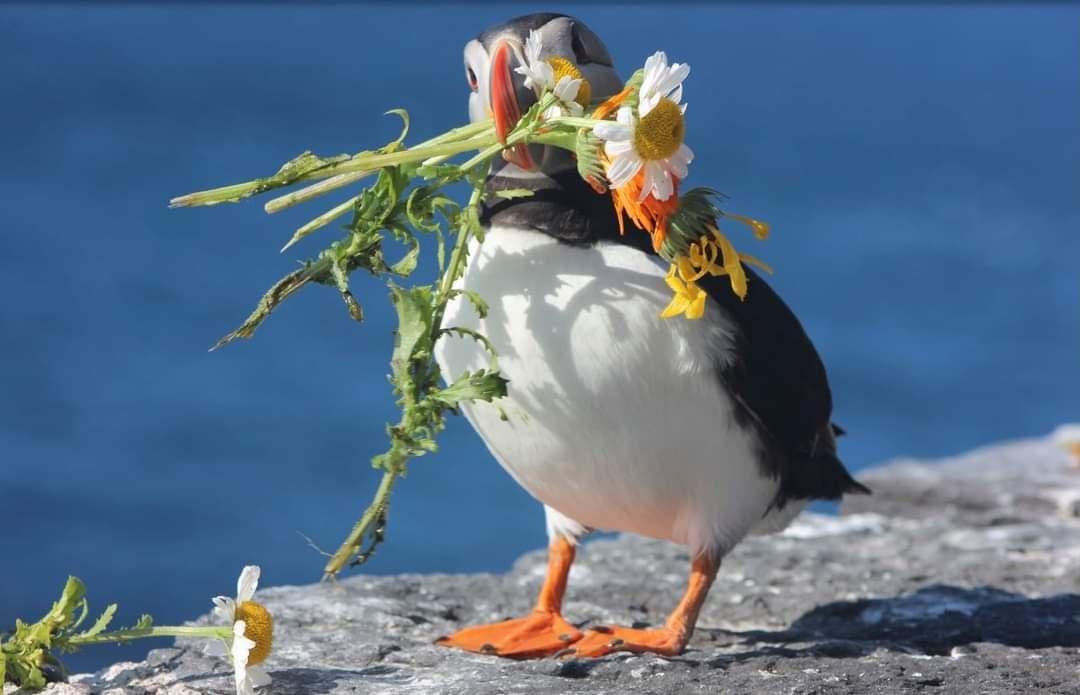
A puffin collecting flowers on Skelling Michael, Ireland

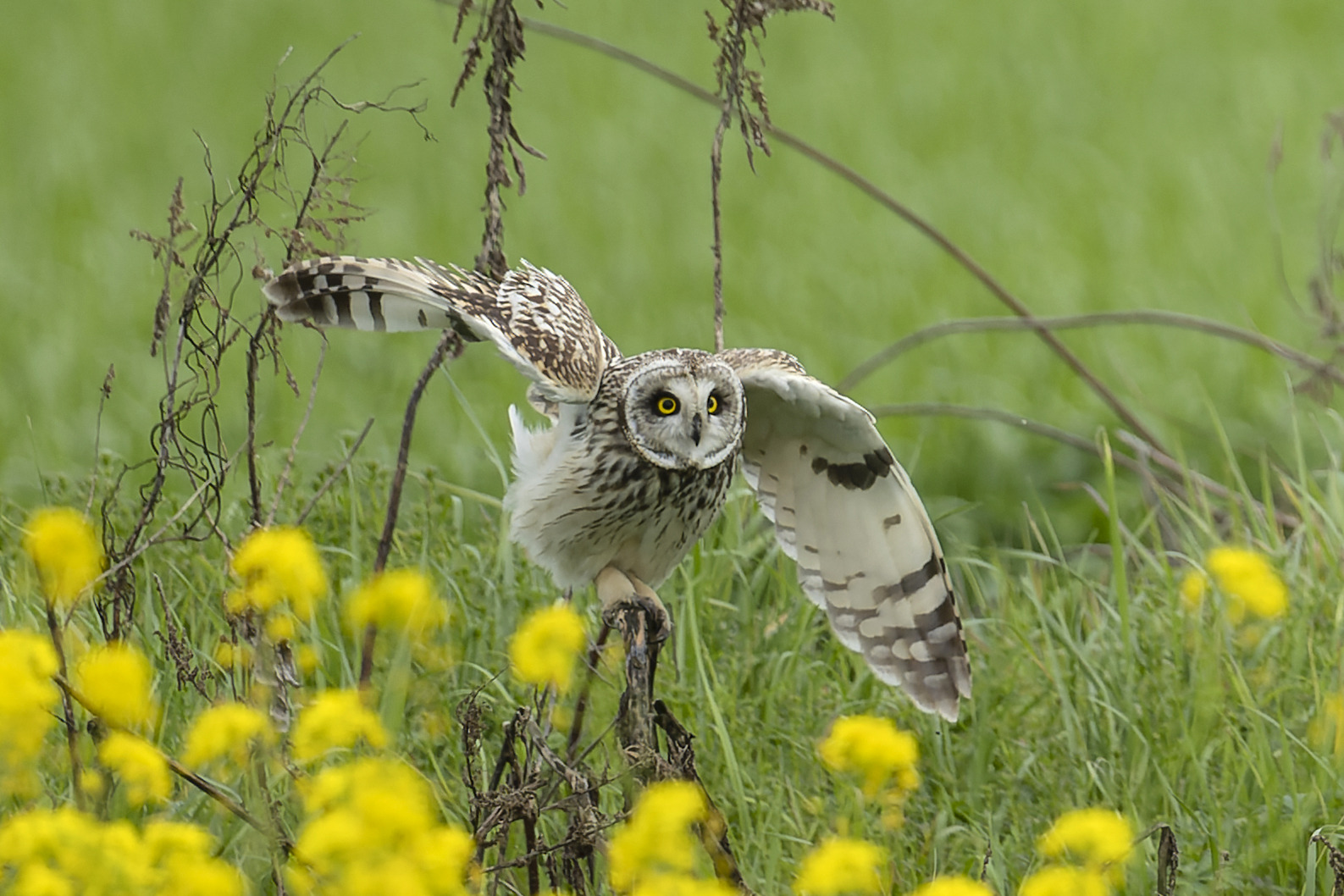
Short-eared owl, Unsourced
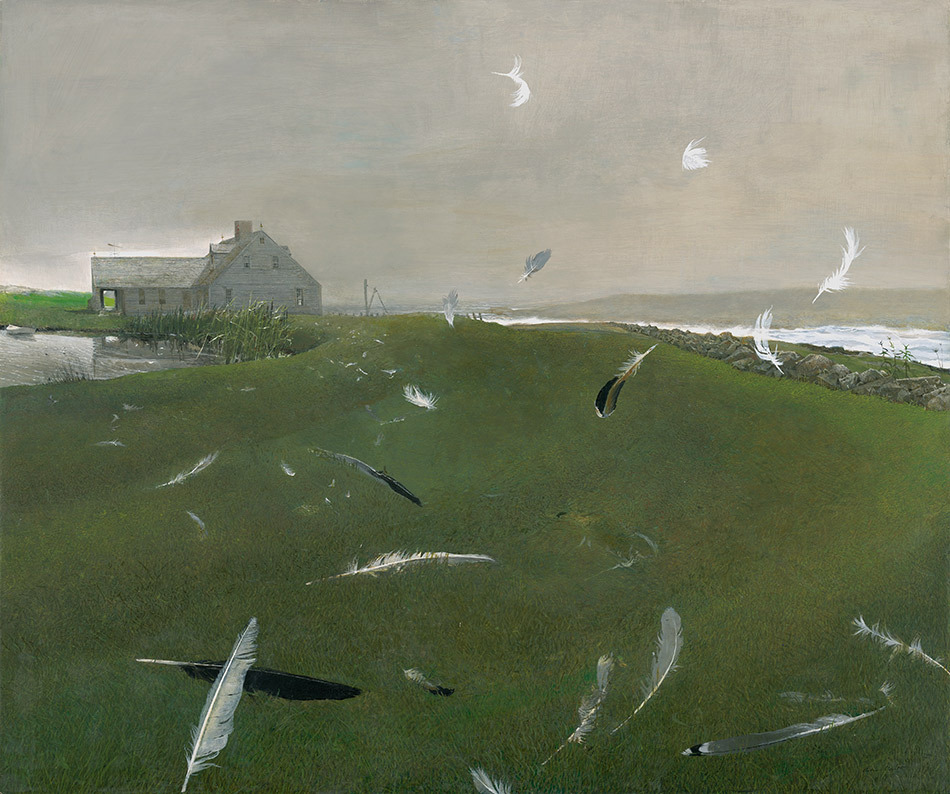
Andrew Wyeth - Airborne, 1996, tempera, 40 x 48 in
Pigeons are doves. They are rock doves, and I wonder if we began to call them that if people would hesitate to hate them, as doves have that history as messengers of peace. It is true that in my neighborhood nobody hates the mourning doves, dusky and elegant with wings that squeak as if they flap on rusty hinges. They roost on the wires like little Audrey Hepburns, while the pigeons troll the ground, tough and fat, some of them look like they should be smoking cigarettes. They look poor and banged up, like they could kick the mourning doves’ asses but are wise to the divide-and-conquer tactics we use on one another, so they coo wearily at the mourning doves and waddle forth in search of scavenged delights. What you may not know is when you call a pigeon “a rat with wings” you have given it a compliment. The only thing a rat lacks is a pair of wings to lift it, so you have named the pigeon perfectly. When you say to me, “I hate pigeons,” I want to ask you who else you hate. It makes me suspicious.
I once met a girl who was so proud to have hit such a bird on her bicycle, I swear, I thought that it was me she hit. I felt her handlebars in my stomach and now it is your job to feel it also. The pigeons are birds, they are doves. They are the nature of the city and the ones who no one loves. When people say they hate pigeons, I want to ask them if they hate themselves, too. Does it prick the well of your loathing? Do they make you feel dirty and ashamed? Are you embarrassed about how little or how much you have, for how you have had to hustle? Being dirty is not a problem for the pigeon. You can ask it, “How do you feel about having the city coating your feathers, having the streets gunked up in the crease of your eye?” and the pigeon would say, “Not a problem.” You will now stop blaming the pigeon. It is not the pigeon’s fault. The pigeon was once a dove, and then we built our filthy empire up around it, came to hate it for simply thriving in the midst our decay, came to hate it for not dying. The pigeon is your ally. They are chameleons, gray as the concrete they troll for scraps, at night they huddle and sing like cats. Their necks are glistening, iridescent as an oil-slick rainbow, they mate for life, and they fly.
Michelle Tea, Against Memoir
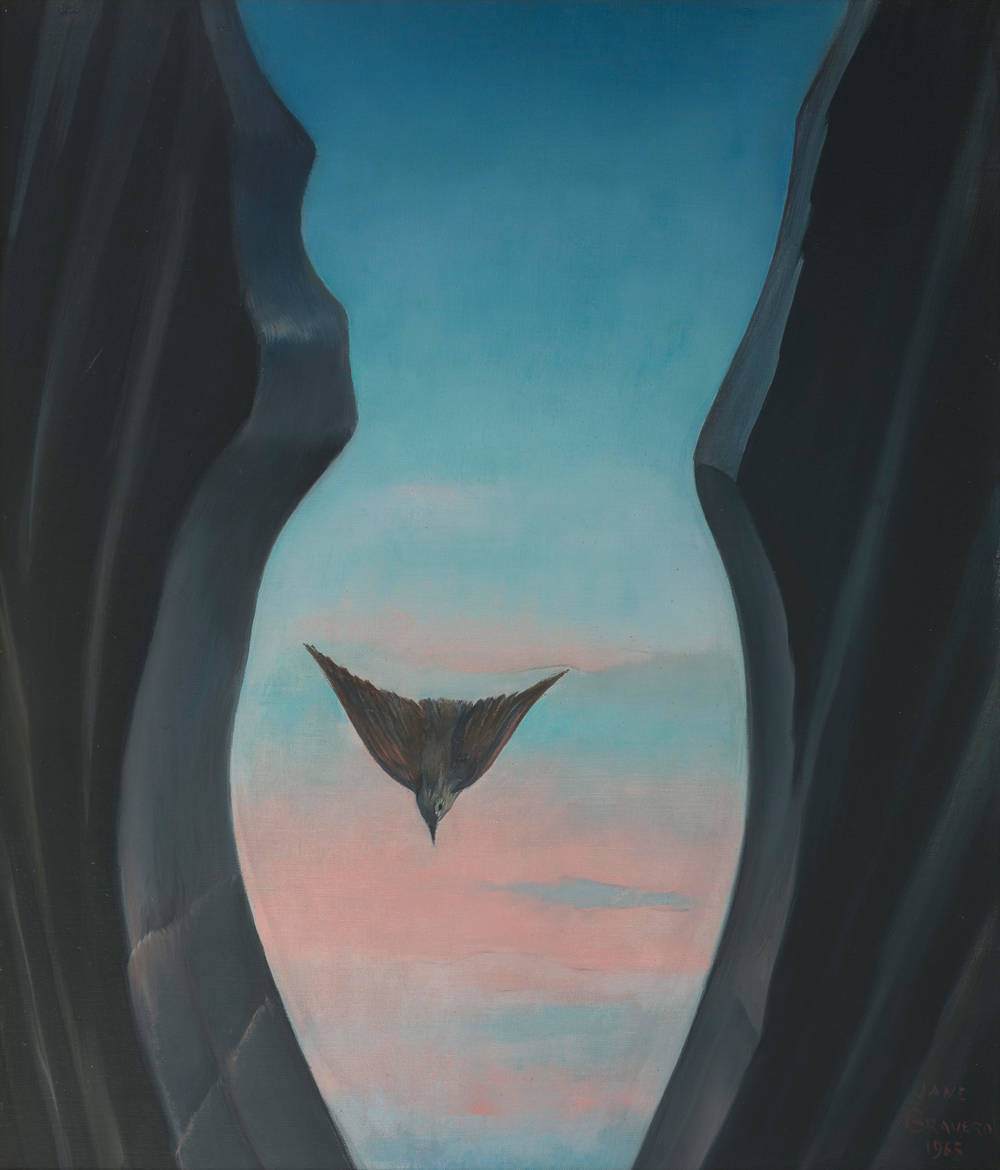
Jane Graverol, L'Esprit Saint (The Holy Spirit), 1965
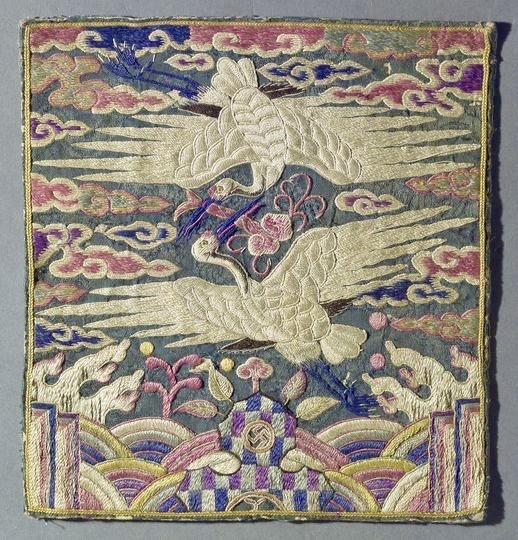
Late 19th century rank badge, Joseon dynasty, Alain Truong
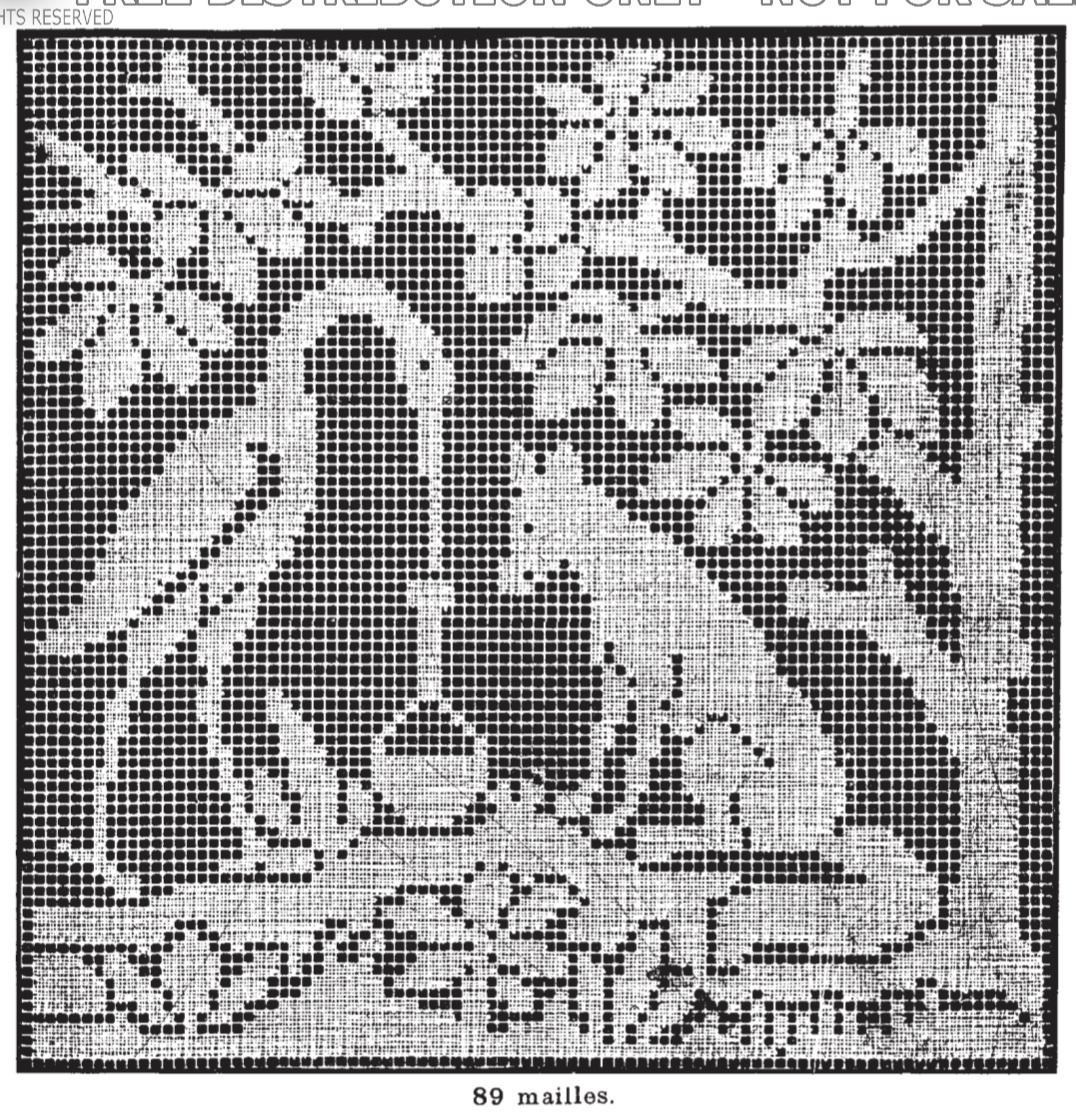
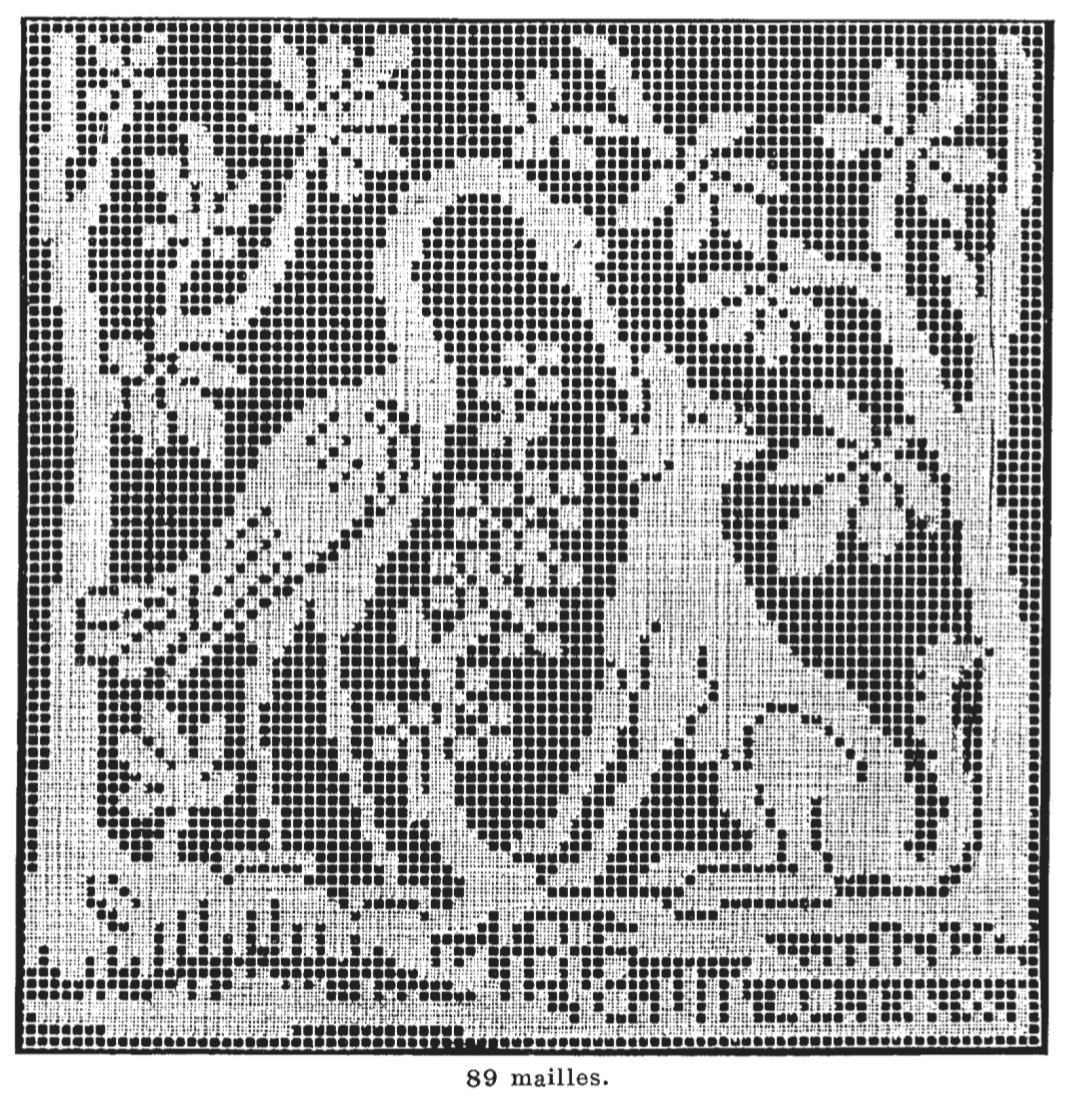
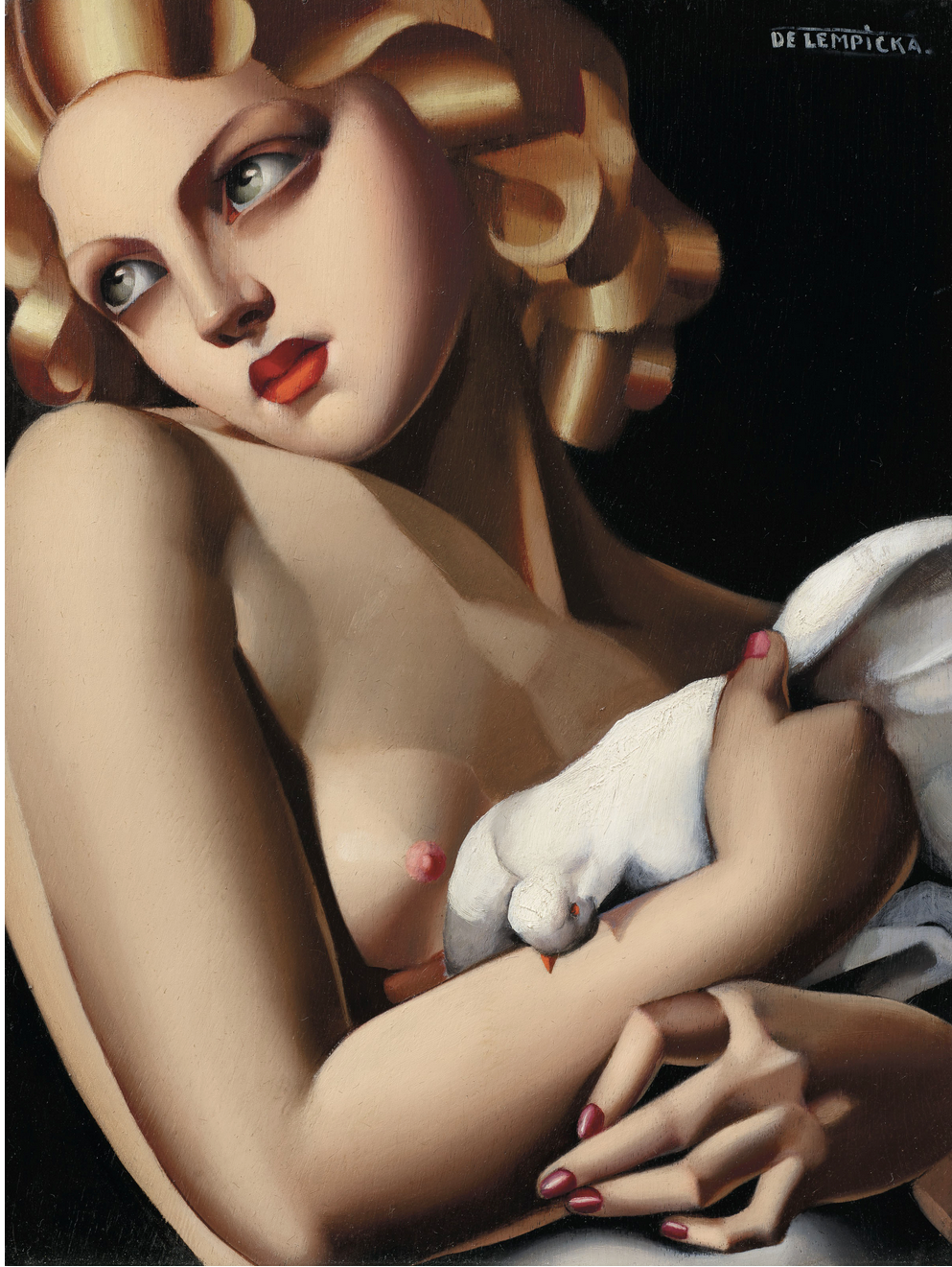
Tamara de Lempicka (Polish, 1898-1980), Femme à la colombe [Woman with a Dove], 1931.
.jpg)
Gabriele Münter, Breakfast of the Birds, (1934)